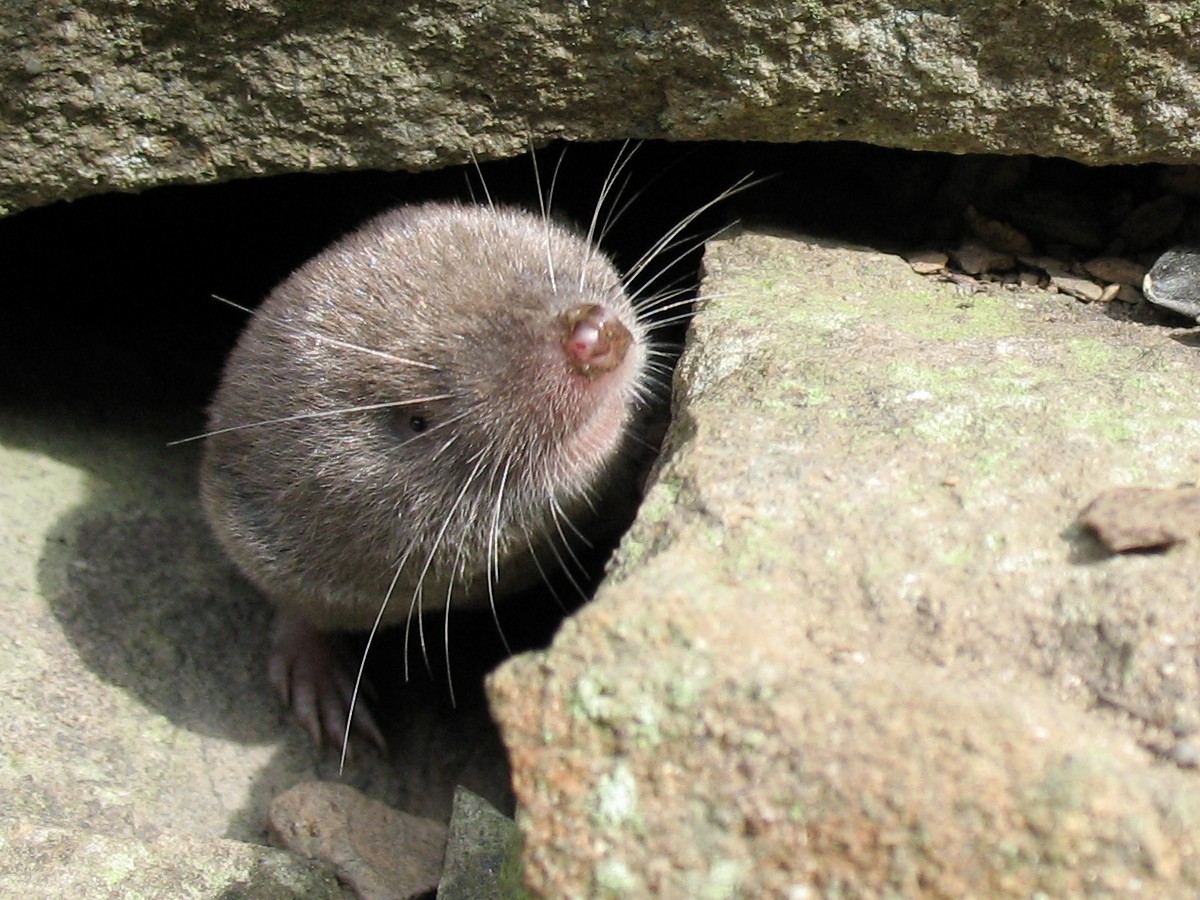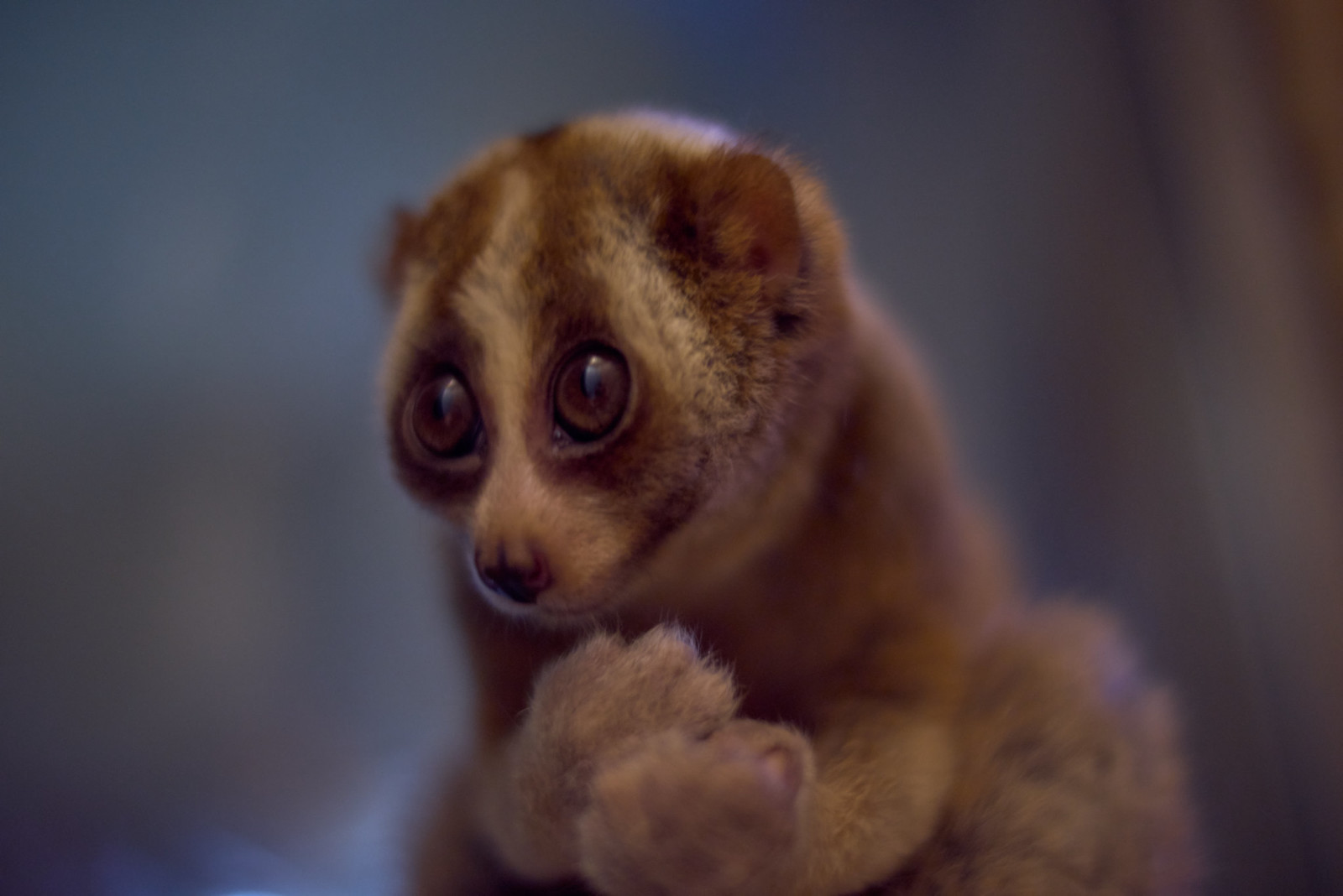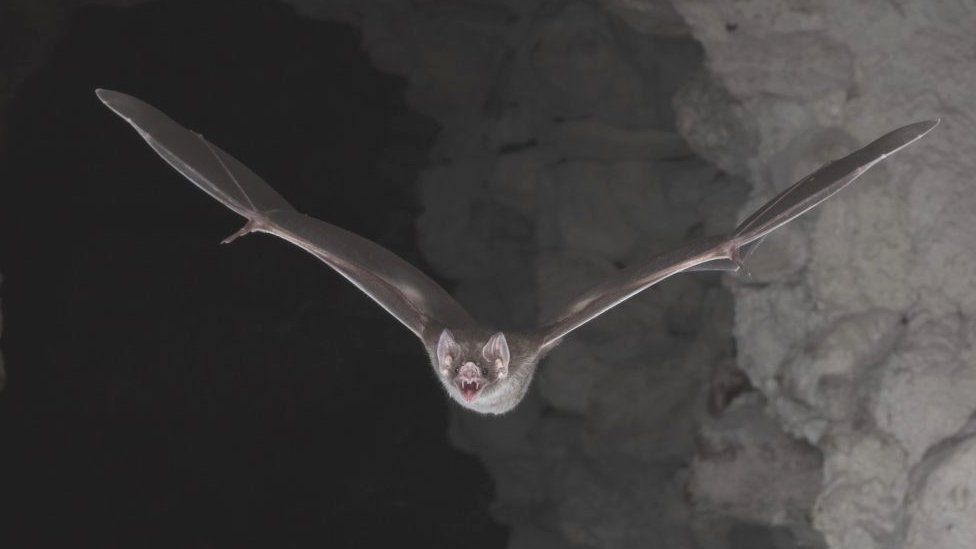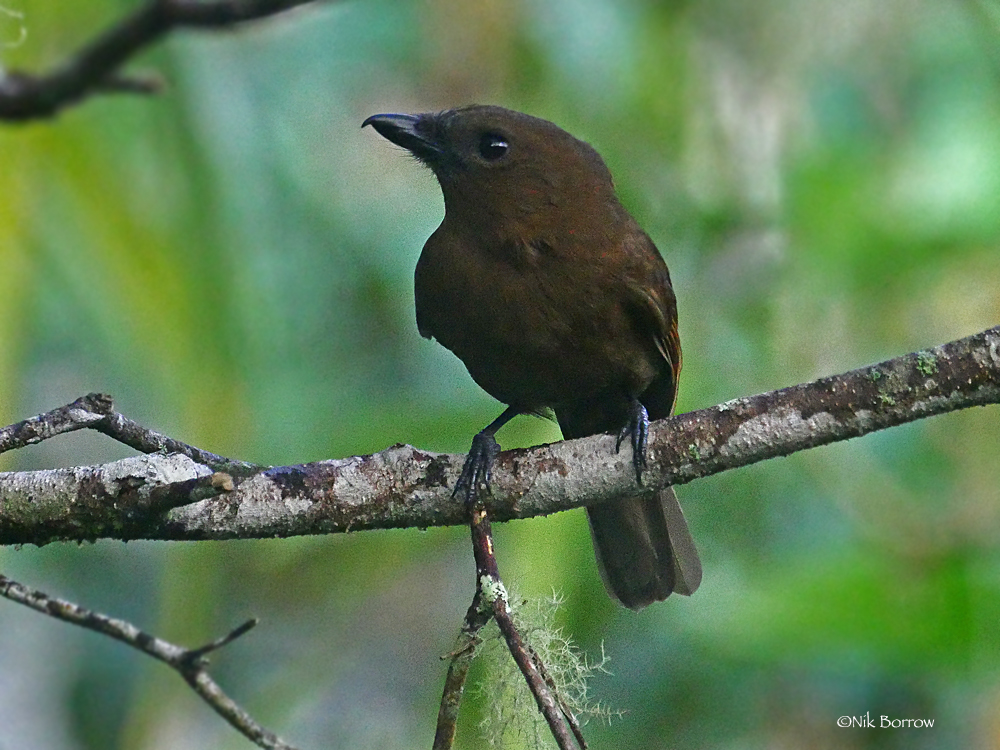Mammals and Birds
Members from four orders of mammals, Eulipotyphla (e.g. shrews), Monotremata (e.g. porcupines or playpus), Chiroptera (e.g. bats) and Primates (e.g. Slow loris) utilise venom for defence. It is suggested that modern mammalian predators do not need venom because they are able to kill quickly with their teeth or claws, whereas venom, no matter how sophisticated, requires time to disable prey. No species of bird is known to actively inject or produce venom, but the discovered toxic birds are known to be poisonous to touch and eat.

Shrews
Common name: Shrew
Family: Soricidae
Genus: Crocidurinae, Myosoricinae, Soricinae
Distribution: Almost worldwide - only New Guinea, Australia, and New Zealand have no native shrews
Venomous or poisonous?: Venomous
Toxins: Shrew venom is not conducted into the wound by fangs, but by grooves in the teeth. The venom contains various compounds, and the contents of the venom glands of the American short-tailed shrew are sufficient to kill 200 mice by intravenous injection. One chemical extracted from shrew venom may be potentially useful in the treatment of high blood pressure, while another compound may be useful in the treatment of some neuromuscular diseases and migraines.
Interesting facts: The saliva of the northern short-tailed shrew (Blarina brevicauda) contains soricidin, a peptide which has been studied for use in treating ovarian cancer. Also, along with the bats and toothed whales, some species of shrews use echolocation.

Slow Loris
Common name: Slow Loris
Subfamily: Lorinae
Genus: Nycticebus
Distribution: Slow lorises are found in South and Southeast Asia
Venomous or poisonous?: Venomous
Toxins: Slow lorises produce a secretion from their brachial gland (a scent gland on the upper arm near the axilla) that is licked and mixed with their saliva when threatened. They then bite their aggressors, delivering the toxin into the wounds.
Interesting facts: The two greatest threats to slow lorises are deforestation and the wildlife trade. Slow lorises are sold locally at street markets and despite being illegal as pets in most countries, internationally over the Internet and in pet stores. In addition, traditional medicine made from loris parts is thought to cure many diseases and is still in high demand.

Vampire Bats
Common name: Vampire Bat
Subfamily: Desmodontinae
Genera: Desmodus, Diphylla, Diaemus
Distribution: Central to South America in colonies in caves, old wells, hollow trees and buildings.
Venomous or poisonous?: Venomous
Toxins: Vampire bats produce toxic saliva with anticoagulant properties that allow nourishment on blood alone. Most of their prey do not perish from contact with the venom. Hematophagy (feeding on blood) probably evolved only once, and the members from the three genera share this common ancestor.
Interesting facts: A vampire bat can only survive about two days without feeding, yet they cannot be guaranteed of finding food every night. They can regurgitate a small amount of blood in order to sustain another colony member and bats may “beg” other colony members for blood when starving.

Pitohuis
Common name: Hooded Pitohui
Family: Oriolidae
Genus: Pitohui
Distribution: Endemic to the islands of New Guinea
Venomous or poisonous?: Poisonous
Toxins: The feathers, skin and tissues of the hooded pitohui and some related birds contain a neurotoxin called homobatrachotoxin, a derivative of batrachotoxin. This toxin is the same toxin found in some poison dart frogs. They are not thought to create the toxic compound themselves but instead sequester them from their diet, most likely from Choresine beetles which contain the toxin and have been found in the stomachs of hooded pitohui.
Interesting facts: Some other non-toxic birds, such as the juvenile greater melampitta, have been known to mimic the plumage of the hooded pitohui or other toxic birds in an attempt to avoid predation.